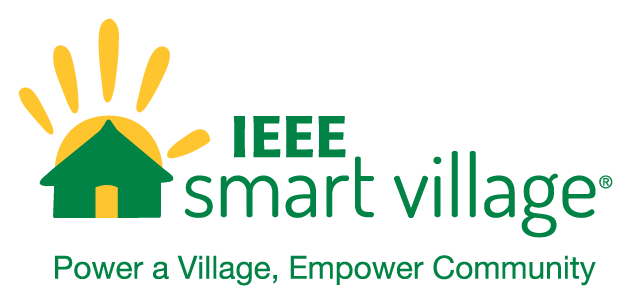Energizing futures: From Oregon to Africa
Oregon High School Advanced Construction Students create LightStick factory
(Deomstrated at the 8th Annual Energy and Construction Best Practices Summit in Washington)
Competency based learning is igniting critical thinking and problem-solving skills within high school students in Oregon. So much so that students are researching cultures, developing products, creating business plans and designing factory models to send to third world countries, such as Cameroon, Africa. These students are celebrating successes alongside of failures and are learning every step of the way.
This all started in September 2010 when ABC’s Extreme Makeover/Home Edition adopted a project in Salem, Ore. The show’s crew invited local high school students to get involved – and they jumped at the chance. The students developed energy efficiency products and built benches, boxes and landscaping lights. Dr. Bob Topping, Director for Strategic Partnerships at the Regional Education and Training Center, was involved with training volunteers.
Dr. Topping recognized the significance of the learning processes the students utilized and felt compelled to continue that process throughout other Oregon schools. He realized he needed innovative instructors who believed in competency based learning and found Britt Tucker, the construction and infrastructure teacher at Oregon City High School (OCHS).
“Britt is very innovative,” Dr. Topping said. “The students in his program are doing capital improvement projects and are building things such as shelters and structures in parks. They are really helping their community.”
Tucker is weaving curriculum throughout his program and has found that the projects really connect with the students. Students are learning real-life skills that involve more than a hammer and a nail.
“The students are pulled to do this – not pushed,” Tucker said. “They are pulled along by the need of the community.”
Together, Dr. Topping, Tucker and Roger Parish, of Spectrum Consulting Group, are running a Lean/Six Sigma program in an advanced construction class that connects students to career pathways. The program is helping students organize and manage projects – designing a plan, called a Project Charter, which includes “situation, solution, action, objectives, critical to quality and benefits” which will align them with earning white and yellow belts. Spectrum Consulting Group is providing all of the certifications and licensing ($400 per student).
“Last year, the students designed and built a mobile battery charging system,” Topping added. “It’s a solar powered station that allows them to re-charge tool batteries while they are on a construction site.”
This year’s project focused on the culture of Cameroon. Villagers live without electricity and safe lighting. Women walk miles to buy a gallon of expensive kerosene oil to fuel lamps. The fuel is dangerously unhealthy.
So the students set their goals to help. After learning about the villagers, the students created a plan which included the following:
The focus of the project is to apply the concepts of Lean/Six Sigma to design and build a prototype for a rechargeable LED lighting and charging system capable of providing 16 hours of light for a small 100 square foot house.
They re-created a product called the LightStick, which was introduced to them by Community Solutions Initiative, and found that it could be useful in more ways than one. Not only will it light up a room, the LightStick will create economic development as well. And it’s an easy-to-assemble product made from common materials that will cost less than $3 to build.
“Dr. Topping started with us last year,” Dillan Aldrich, an OCHS senior and one of the project managers, said. “He brought us a light and we figured out how to make it. Our plan is to ship these to an African village to light up a dark place,” he added.
Not only did these students figure out how to build one LightStick, they learned how to build 15 of them in an hour. By doing so, they have discovered how to build a simple factory to assemble the LightSticks. Now they are creating start-up tools such as videos and instruction booklets to give to the third world communities.
The students have recruited the OCHS girl’s golf team to step in as factory workers. The girls will be videoed as they are taught how to make the product and the factory. The clip will be used to encourage women in Cameroon to create a factory.
“The students are developing entrepreneurism for women in countries that didn’t have it before,” Dr. Topping noted. “They are also empowering women to have economic capacity who have little opportunity to make or create a livelihood.”
The small group of seven OCHS students is learning more than building a product and a factory. They are learning how to run and manage a business too. Austin Winters along with Aldrich are the managers who are charged with keeping inventory.
“This project has taught me how difficult it is to keep inventory,” Aldrich, who wants to be a pilot, said. “You don’t realize how much you need and use.”
The students need to experience struggle so that they can hone in soft skills. They trouble-shoot, practice critical thinking and they fail – but they figure out how to find solutions.
“You have to get out of the way and allow them to fail so that they can succeed,” Tucker said. “Failure in the education system is penalizing.”
Next year, the students will create a light cycle which will complement the LightStick project. The cycle will give the villagers a means of re-charging batteries – which will power the laptops and cell phones that they already have. Four batteries can be re-charged after 20 minutes of cycling.
“I am proud of these kids,” Tucker said. “They are so invested and deeply involved – they have complete ownership of this project.”
And the graduates return to mentor those still in school.
This project has steps though. The LightStick design needs to be refined, such as using bamboo to replace PVC piping, and will need to make its first appearance at an international conference as a showpiece. The students need to find funding to continue redefining their product.
A significant partner supporting the project is Community Solutions Initiative (CSI), a non-profit group of the Institute of Electrical and Electronics Engineers Power & Energy Society (IEEE PES). CSI is committed to the open-source design and eventual delivery of energy solutions to the world’s poorest and most energy-deprived populations. Engineers and dedicated professionals from around the world volunteer to help others. They’ve been tasked with lighting up one million homes. CSI will help the OCHS students distribute materials in Africa. The LightSticks have been used in India, as a teaching tool for kids to learn more about re-charging batteries.
The next step
Dr. Topping and Parish would like to introduce the OCHS student program to other schools that are facing high drop-out rates. They are convinced that the Lean/Six Sigma, competency based program will help struggling kids stay in school and become successful community members.

